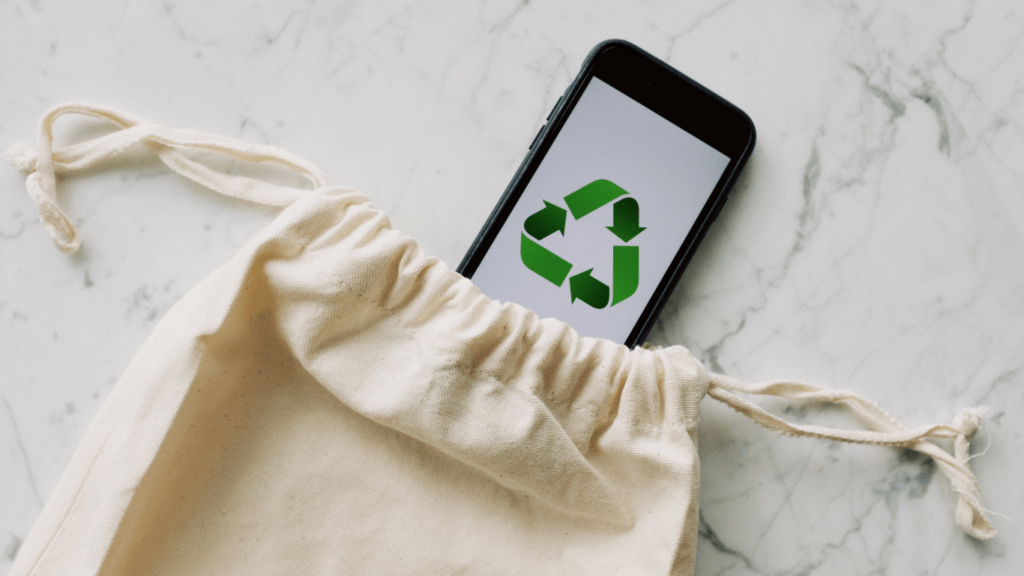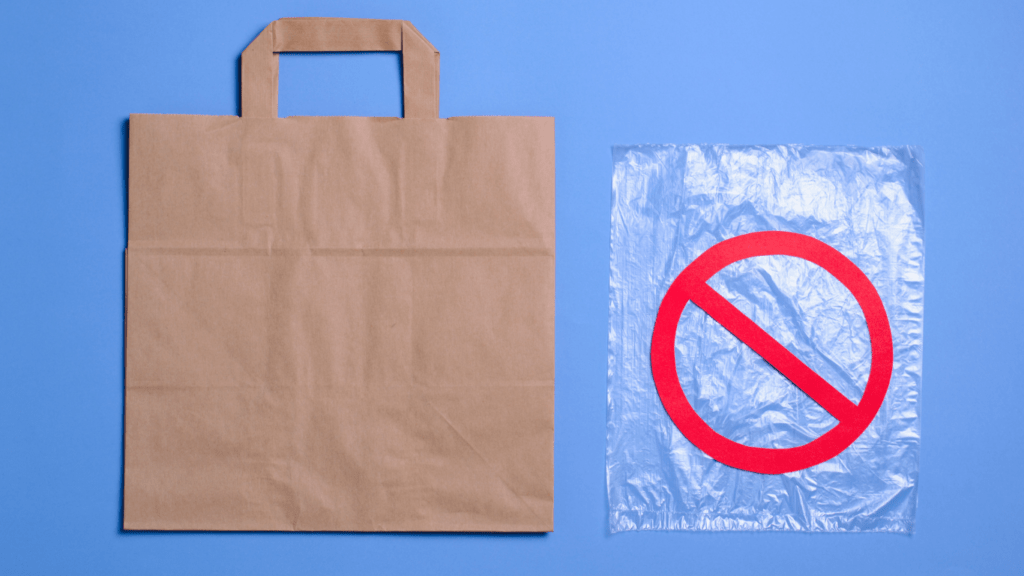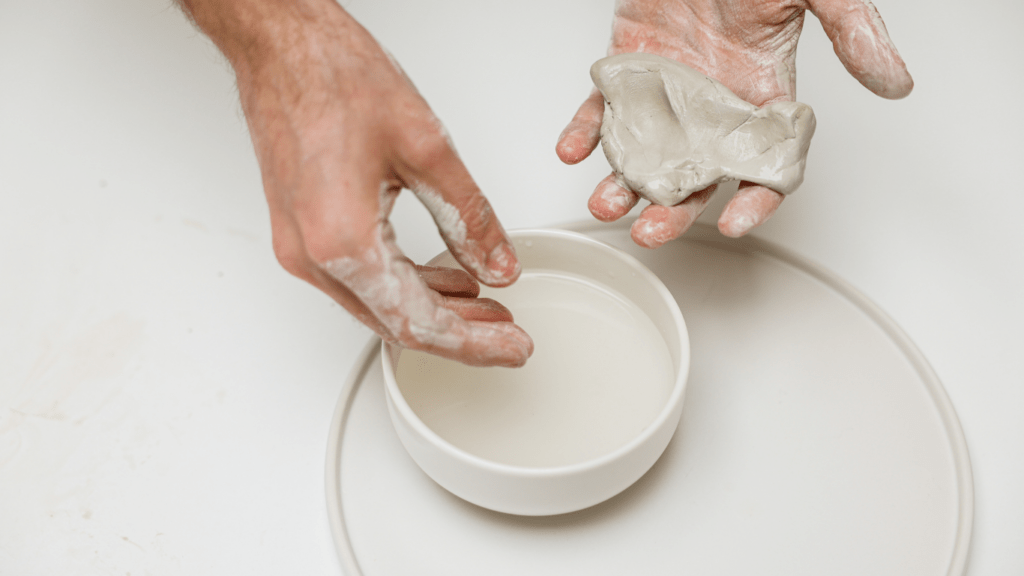As a sculptor passionate about sustainability, I’ve delved into the world of eco-friendly sculpting materials to create art that not only captivates but also cares for our planet. In this comprehensive guide, I’ll walk you through the innovative and environmentally conscious materials that are reshaping the sculpting landscape.
Exploring the intersection of artistry and eco-consciousness, I’ve discovered a plethora of options that not only lend themselves to creativity but also minimize environmental impact. From biodegradable clays to recycled metals, the realm of eco-friendly sculpting materials offers a diverse array of choices for artists looking to make a positive difference through their craft.
Join me on this exploration of sustainable sculpting materials, where we’ll uncover the beauty of creating art while treading lightly on the Earth. Let’s sculpt a greener future together.
Understanding Eco-Friendly Sculpting Materials
As an advocate for sustainability in sculpting, I am passionate about exploring eco-friendly sculpting materials that nurture artistic expression while caring for the environment. Let’s delve into what makes a material eco-friendly and discover some popular green materials used in sculpting.
What Makes a Material Eco-Friendly?
Eco-friendly sculpting materials are those that prioritize sustainability throughout their life cycle. These materials are typically biodegradable, recyclable, or made from renewable resources. They minimize environmental impact by reducing waste production and energy consumption. Choosing eco-friendly materials demonstrates a commitment to responsible practices in art creation.
- Biodegradable Clays: These clays are derived from natural sources like plant-based materials or minerals, making them environmentally friendly. They can be easily recycled or composted after use, reducing the ecological footprint of sculpting projects.
- Recycled Metals: Utilizing recycled metals in sculpting not only conserves natural resources but also reduces the energy required for mining and processing virgin materials. Artists can create unique pieces while supporting recycling initiatives.
- Plant-Based Resins: Resins made from plant-derived sources offer a sustainable alternative to traditional petroleum-based resins. These eco-friendly resins exhibit similar properties to conventional options, providing artists with versatile sculpting materials.
By embracing eco-friendly sculpting materials, artists contribute to a greener future and inspire others to adopt sustainable practices in art and beyond.
Benefits of Using Eco-Friendly Sculpting Materials
Choosing eco-friendly sculpting materials offers a multitude of advantages that go beyond artistic creation. Let’s delve into the benefits in terms of environmental impact and health considerations for artists.
Environmental Impact
Reducing the carbon footprint is a crucial aspect of using eco-friendly sculpting materials. Opting for biodegradable clays, recycled metals, or plant-based resins helps decrease the environmental impact of artistic endeavors. These materials often originate from renewable sources, ensuring sustainability in the art-making process. By choosing eco-friendly options, artists play a significant role in preserving the planet for future generations.
Health Benefits for Artists
Prioritizing health is paramount for artists working with sculpting materials. Eco-friendly options are often free from harmful chemicals and toxins present in traditional materials. This shift not only promotes a safer working environment but also diminishes the risk of exposure to potentially hazardous substances. Artists embracing eco-friendly sculpting materials safeguard their well-being while engaging in their creative pursuits.
Exploring Different Types of Eco-Friendly Sculpting Materials

When it comes to sculpting, I’m always on the lookout for eco-friendly materials that align with my sustainability goals. Let’s delve into various options that not only foster creativity but also contribute to a greener environment.
Biodegradable Plastics
Opting for biodegradable plastics in sculpting projects is a fantastic way to reduce environmental impact. These materials break down naturally over time, minimizing waste accumulation. Brands like EcoSphere offer biodegradable sculpting plastics made from renewable resources like cornstarch. By choosing biodegradable plastics, artists can create beautiful sculptures while being mindful of the planet’s well-being.
Recycled Metals
Recycled metals are another excellent eco-friendly choice for sculptors looking to lessen their carbon footprint. By utilizing materials sourced from scrap metal yards or recycled metal suppliers, artists give new life to existing resources. Sculpting with recycled metals not only reduces the need for additional mining but also promotes the concept of circular economy. Companies like Re-Imagined Materials provide a diverse range of recycled metal options, including aluminum, copper, and steel, perfect for artists seeking sustainable sculpting solutions.
Natural Clay and Earth-Based Materials
Exploring the world of natural clay and earth-based materials opens up endless possibilities for sculptors committed to eco-conscious practices. Clay sourced from the earth is a renewable resource that can be reused multiple times, making it an ideal choice for sustainable sculpting projects. Artists can also experiment with materials like reclaimed wood, stone, or even sand to add unique textures and dimensions to their creations. Embracing natural clay and earth-based materials not only enhances artistic versatility but also fosters a deep connection with nature throughout the sculpting process.
Techniques and Tips for Working with Sustainable Materials
When sculpting with sustainable materials, it’s crucial to adapt traditional techniques to suit the specific properties of eco-friendly mediums. By modifying traditional sculpting techniques, artists can maximize the potential of sustainable materials and create stunning artwork with minimal environmental impact.
Modifying Traditional Sculpting Techniques
Incorporating sustainable materials into sculpture requires a shift in traditional practices. For example, when working with biodegradable clays or plant-based resins, it’s essential to consider their unique textures and drying properties. I recommend adjusting your sculpting process to accommodate the characteristics of these materials, ensuring the best results while minimizing waste.
Tools Ideal for Sustainable Sculpting
Choosing the right tools is essential when sculpting with eco-friendly materials. Opt for tools made from recycled or sustainably sourced materials to align with your commitment to sustainability. These tools not only support your eco-conscious efforts but also enhance the overall sculpting experience by providing precision and control. Selecting tools that are durable and reusable further reduces the environmental impact of your artistic practice.
Case Studies: Successful Eco-Friendly Projects
I’ve encountered numerous inspiring instances of successful eco-friendly sculpting projects that demonstrate the beauty and efficacy of sustainable practices. Let’s delve into some notable examples to showcase the innovation and creativity within the realm of eco-friendly sculpting.
Examples from Renowned Eco Artists
Exploring the works of renowned eco artists provides valuable insights into the diverse applications of eco-friendly sculpting materials. Artists like Sayaka Ganz utilize discarded materials such as plastic utensils to create intricate and expressive animal sculptures that raise awareness about waste consumption and its environmental impact. Their innovative approaches not only showcase artistic talent but also advocate for sustainable practices in the art world.
Public Art Installations
Public art installations offer a unique platform to showcase large-scale eco-friendly sculptures that captivate audiences while delivering powerful messages about sustainability. Projects like Crystal Wagner’s colorful and immersive installations made from repurposed materials highlight the transformative potential of utilizing sustainable resources in sculpting. These installations not only beautify public spaces but also spark conversations about the importance of environmental conservation and conscious material use in art.

 Harrison Lee plays a vital role at Sculpture Creation Tips, where his passion for the art of sculpture is evident in everything he does. With a comprehensive understanding of both classical and contemporary sculpting techniques, Harrison is committed to guiding and educating artists, whether they are just beginning their journey or are seasoned professionals. His approach goes beyond merely teaching technical skills; he encourages artists to explore and develop their unique artistic voices, pushing the boundaries of their creativity. Harrison's expertise and dedication make him an invaluable resource, not just for honing craftsmanship but also for inspiring innovation within the sculpting community. His ability to foster a supportive, dynamic learning environment ensures that every artist he works with is equipped to reach new heights in their artistic endeavors. Harrison's contribution to Sculpture Creation Tips is instrumental in its mission to elevate the art of sculpture and empower artists to achieve their full potential.
Harrison Lee plays a vital role at Sculpture Creation Tips, where his passion for the art of sculpture is evident in everything he does. With a comprehensive understanding of both classical and contemporary sculpting techniques, Harrison is committed to guiding and educating artists, whether they are just beginning their journey or are seasoned professionals. His approach goes beyond merely teaching technical skills; he encourages artists to explore and develop their unique artistic voices, pushing the boundaries of their creativity. Harrison's expertise and dedication make him an invaluable resource, not just for honing craftsmanship but also for inspiring innovation within the sculpting community. His ability to foster a supportive, dynamic learning environment ensures that every artist he works with is equipped to reach new heights in their artistic endeavors. Harrison's contribution to Sculpture Creation Tips is instrumental in its mission to elevate the art of sculpture and empower artists to achieve their full potential.
